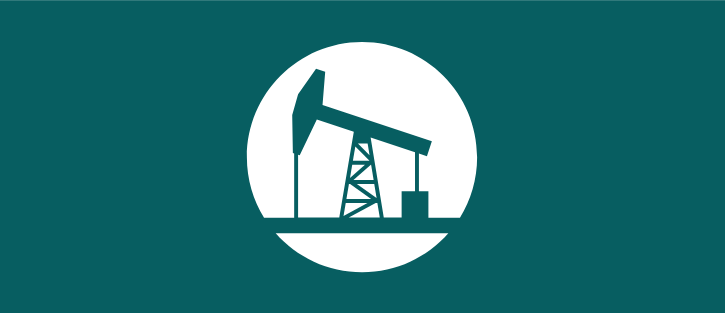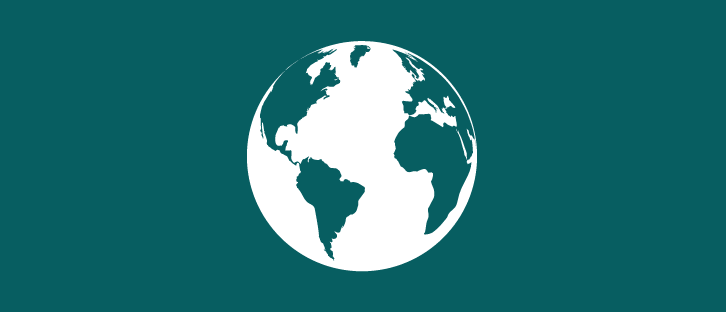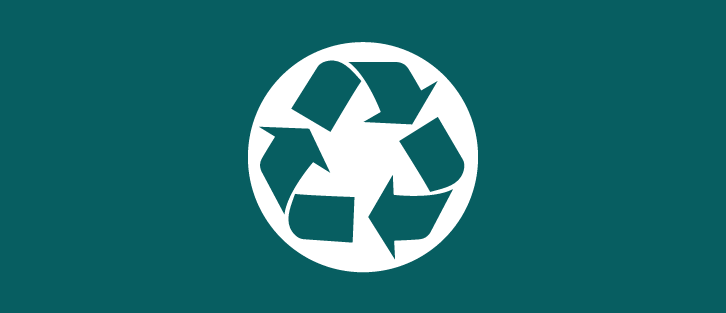Eco Design STRATEGY
The step-by-step improvement approach starts with an existing packaging design – or at least a blueprint for a possible packaging design from brainstorming – which typically fulfills the “traditional” key requirements but is not optimised in terms of minimisation of environmental impacts. This packaging is then improved step by step according to the Eco Design Strategy developed for this Packaging Project. Here, the Eco design strategy is based on selected Eco design strategy elements.
A set of four strategy elements are available to develop an Eco Design strategy for a packaging project. These “Design for …” elements include:
1. Design for Optimised Resource Use
Design packaging so that it reduces the use of natural resources and, consequently, the carbon footprint.
2. Design for Sustainable Sourcing
Design packaging in such a way as to ensure that the materials are sourced sustainably.
3. Design for Environmentally Sound Use
Design packaging in ways that support responsible use through reducing Littering, the ability to be easily portioned, safely resealed and completely emptied in order to avoid product Waste.
4. Design for Recycling
Design packaging in such a way as to enable high-quality recycling of the packaging materials after the end of life of the packaging.
These four strategy elements address different life cycle stages of the packaging and, to some extent, different environmental goals. But they all contribute to improving the environmental performance of the packaging overall.
Click on one of the strategy elements to learn more about the optimisation approaches.
An Eco Design strategy for a specific packaging project does not necessarily have to include all these elements, but careful consideration should be given to which elements and approaches are useful and necessary, taking into account the environmental objectives set for the relevant project and the corporate and brand strategy. These basic decisions will usually be made by senior management in accordance with the corporate or brand strategy.
As well as company-specific and/or brand-related relevance of the strategy elements, there is often also socio-political relevance or even dominance of one or other Eco Design strategy element for certain periods. This may – but does not necessarily have to – affect business decisions taken in a company. For example, in the 1990s there was a focus on the strategy element “Design for Optimised Resource Use” with the introduction of a weight-related licence fee in Germany. Since the publication of the New Plastics Economy 2016 and the EU Plastics Strategy 2018 there has now been a stronger focus in Europe on the strategy element “Design for Recycling”.
Here is an example to explain the application of the strategy elements and their optimization approaches:
Example: The strategy element “Design for Recycling” is applied to an existing packaging. A check is made as to whether incompatible materials that compromise the recycling of the main packaging material can be replaced (e.g. a paper sleeve on a plastic packaging substituted with a plastic label) in order to increase the yield and the quality of the recycling process.
With the strategy element “Design for Sustainable Sourcing”, additional steps are taken to check whether it is possible to achieve the same technical quality with bio-based or recycled polymers from sustainably managed sources for renewable or recycled materials. If such polymers are available at a competitive price within the economic limits set for the packaging project, the polymer base will be changed correspondingly.
The result of this process is packaging produced with reduced environmental impacts, in particular in the areas of overall CO2 emissions and the conservation of natural resources.




